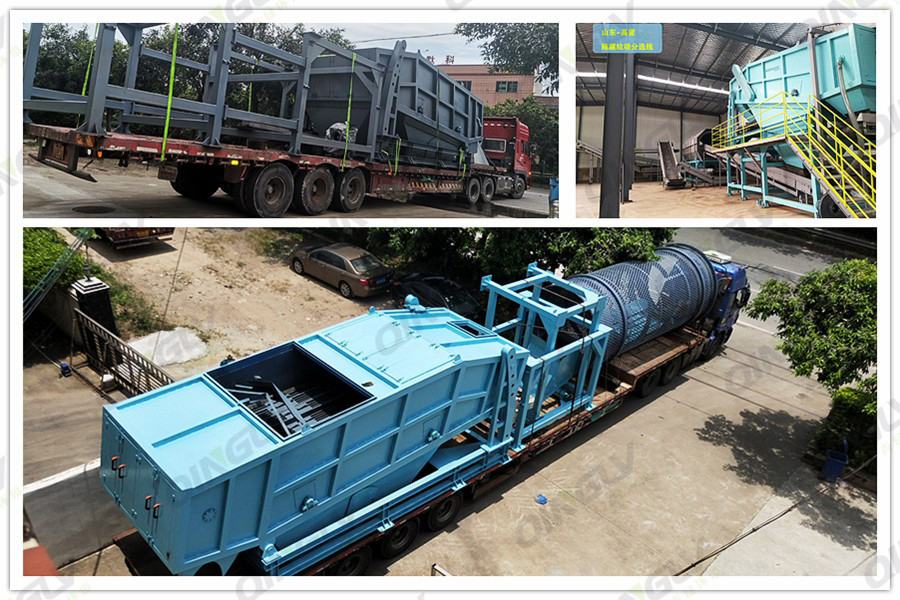 Time:2024-12-27
Time:2024-12-27
 Source:青绿环境
Source:青绿环境
Stale waste refers to the complex mixture formed by the long-term accumulation of waste in landfills, which has undergone natural degradation and physicochemical changes over a certain period of time. Due to its complex composition, including incompletely decomposed organic matter, plastics, metals, glass, construction waste such as bricks and tiles, and various other types of waste, dealing with this kind of waste has become an important challenge in environmental management. However, by adopting advanced sealed and modular sorting systems, stale waste can be effectively classified to achieve resource recycling and harmless treatment.

Firstly, for the sorting of stale waste, a complete pretreatment process is required. This usually includes steps such as excavation, crushing, and screening. After stale waste is excavated from the landfill, it must first be crushed into smaller particles by a crusher for more precise separation of different materials later on. Next, screens with different mesh sizes are used to sift the crushed materials to remove larger stones or bricks and initially separate some finer combustibles and humic soil.
Then, in a sealed environment, the modular sorting system begins to function. The system consists of several modules with different functions but closely connected, such as magnetic separation modules for extracting ferrous metals; eddy current separators for collecting non-ferrous metals like aluminum; optical sorting equipment that can identify and separate specific types of plastics; and air classification devices that help further distinguish materials of different weights, such as paper and plastic film.
With the help of these automated devices, high-value recyclables in stale waste (such as metals and plastics) can be efficiently recovered. At the same time, humic soil, as a valuable soil conditioner, can be collected separately for use in agricultural or landscaping projects. As for the remaining inorganic materials like bricks and stones, they can be considered for reuse as construction materials or properly disposed of according to the actual situation.
Throughout the process, to ensure no secondary pollution occurs, all operations must be carried out under strict environmental protection measures. Waste gases and wastewater must be treated and discharged to meet standards, and noise control must be within a reasonable range. In addition, regular monitoring of the surrounding environmental quality is necessary to ensure that the lives of residents near the treatment facilities are not affected.
In summary, through scientific and rational planning and the application of technological means, we can not only effectively manage stale waste but also obtain new resource value from it, promoting the development of a circular economy and contributing to the construction of an ecological civilization.













 Prev
Prev











